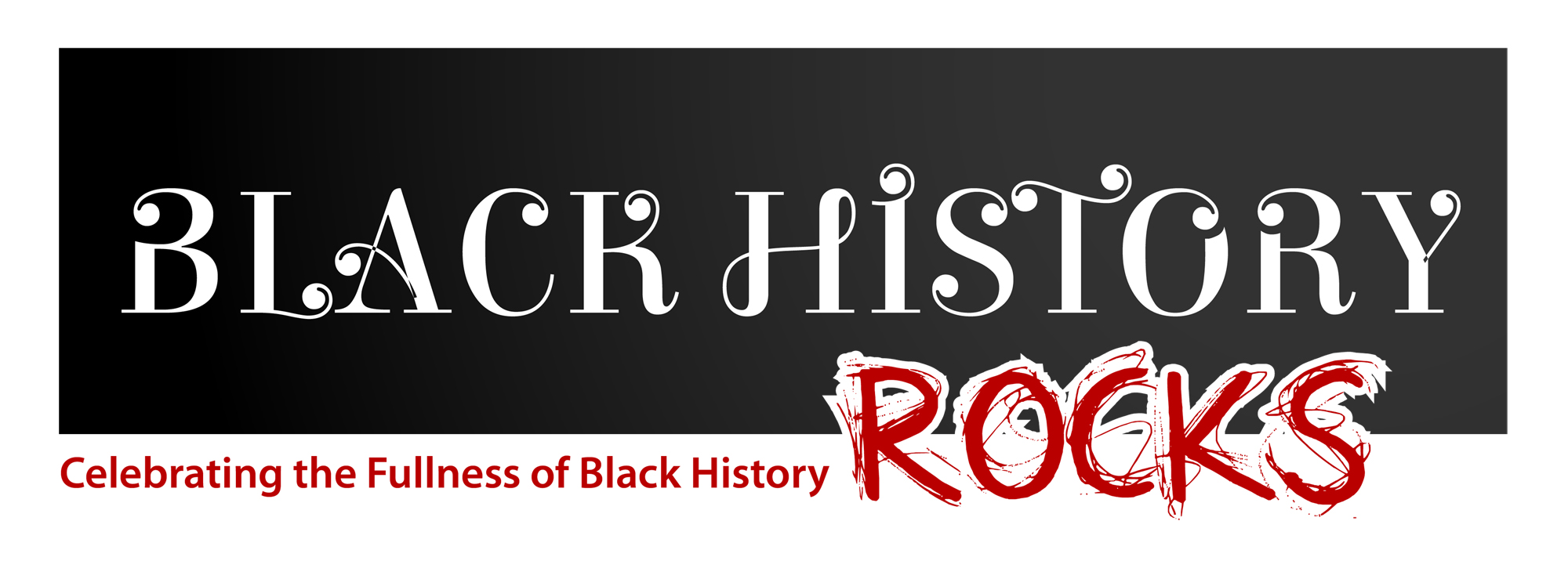History is a critical component of learning, not only about yourself but also about the world around you. Here, we will trace Black people’s history in the United States beginning in 1619 to the present. I hope that this timeline will help to give you a foundation in which to start your quest for learning Black history.
Side Note:
Since Black history is vast, this timeline highlights only a snippet of events that have happened throughout time.
The Fugitive Slave Act of 1850
Congress passes the second Fugitive Slave Act making it a criminal offense to harbor a runaway enslaved person or prevent her/him from being apprehended.
Harriett Tubman Escapes
Harriett Tubman escapes from slavery in Maryland; however, she later returned many a time to slaveholding states to bring others to freedom.
The North Star
Frederick Douglass publishes the first issue of The North Star, his abolitionist newspaper.
The Amistad Rebellion
The ship La Amistad is captured in Montauk, New York. 53 enslaved Africans revolted and gained control of the vessel, killing the captain and the cook. These men were imprisoned but eventually gained their freedom.
The Liberator
William Lloyd Garrison publishes The Liberator, an abolitionist newspaper.
Nat Turner’s Rebellion
In Southampton County, Virginia, Nat Turner leads the largest slave rebellion in history. There were nearly 60 whites killed during this time. Turner was ultimately captured and hung.
David Walker’s Appeal
David Walker writes an anti-slavery pamphlet entitled “An Appeal to the Colored People of the World.”
Freedom’s Journal
Rev. John Russworm, Samuel Cornish, and other free African American men published the Freedom’s Journal in New York City. It was the first African American owned and operated newspaper in the country. The paper countered the negative depictions and racism often displayed in mainstream publications.
Liberia
With the assistance of the American Colonization Society, free-born and freed African Americans, travel to Africa to settle and found Liberia.
African Methodist Episcopal Church
The African Methodist Episcopal Church is organized in Philadelphia by Richard Allen.
Ban on Imported Enslaved Africans
Congress prohibits the import of newly captured enslaved Africans into the United States.
Mason Dixon Line
All states above the Mason Dixon Line (between Maryland and Pennsylvania) established laws forbidding slavery or were working towards its gradual elimination.
No End to Slavery
Free African Americans in Philadelphia submitted a petition to Congress that, if passed, would have gradually ended slavery in the United States; however, by an 85-1 vote, it is rejected.
The Fugitive Slave Act of 1793
Congress passes the first Fugitive Slave Act authorizing local government officials with the right to seize and return escaped enslaved persons to their owners. Harsh penalties were imposed on individuals who aided these men and women in their escape.
The Invention of the Cotton Gin
Eli Whitney patents the cotton gin in 1793. This invention decreased the amount of time it takes to separate the cotton fibers from the cotton seeds. It single-handedly strengthens slavery and the need for enslaved people, especially in the Southern cotton-growing states.
The Designing of Washington D.C.
Benjamin Banneker, a Black man, becomes a member of the commission responsible for drafting the plans for the city of Washington, D.C.
The Enslaved Population in the U.S.
By the 1790s, there are 757,000 enslaved Africans and African Americans in the United States. This population made up 19% of the total population, and only 9% of this number of people were free.
The African Free Society
The African Free Society is started in Philadelphia by two African American preachers Richard Allen and Absalom Jones.
The African Free School
The New York Manumission Society opens The African Free School in New York City to assist in educating the growing free population of Black people.
The Northwest Ordinance
Congress passes the Northwest Ordinance, which excludes the expansion of slavery into the Northwest Territories.
The American Revolution
At the end of the American Revolution, nearly 10,000 African Americans served in the continental army, with about 5,000 serving as regular soldiers.
Vermont Abolishes Slavery
Vermont becomes the first state to abolish slavery.
Citations:
Bio.com. Accessed August 18, 2016. http://www.biography.com/people/shirley-chisholm-9247015.
Bracks, Lean’tin L., and Jessie Carney Smith. African American Almanac: 400 Years of Triumph, Courage and Excellence. Visible Ink Press, 2011.
Brooks, Christopher Antonio, and Benjamin Todd Jealous. The African American Almanac. Farmington Hills, MI: Gale Cengage Learning, 2011.
History.com Staff. “Hurricane Katrina.” History.com. 2009. Accessed August 18, 2016. http://www.history.com/topics/hurricane-katrina.
“Meet the Attorney General.” U.S. Department of Justice. Accessed August 10, 2016. https://www.justice.gov/ag/meet-attorney-general.
“President Barack Obama.” The White House. 2014. Accessed August 18, 2016. https://www.whitehouse.gov/administration/president-obama.
